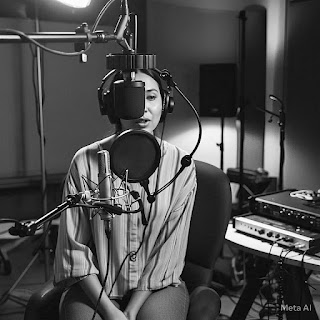The Art and Technology of Recording Music
Recording is one of the most vital stages in music production, where musical ideas are captured and transformed into high-quality audio that forms the base of the final track. It involves more than just pressing the record button—it requires thoughtful planning, the right equipment, and a controlled environment. The process usually begins with setting up microphones that match the voice or instrument being recorded. For vocals, a large-diaphragm condenser microphone is commonly used, paired with a pop filter to minimize harsh sounds caused by plosive consonants. Instrumental recordings might use different types of mics based on the instrument—dynamic mics for drums and amps, or pencil condensers for acoustic guitars. The recording space should ideally be acoustically treated using foam panels, bass traps, and diffusers to reduce echo, reverb, and outside noise. Additionally, each sound is usually recorded on a separate track, allowing for better control in the mixing stage. Musicians often record using a click track or metronome to maintain timing, and multiple takes are done to ensure the best performance is captured.
To support a professional-quality recording, the right technology and tools are essential. At the center of every setup is the Digital Audio Workstation (DAW)—software like Logic Pro, Pro Tools, Ableton Live, or FL Studio—which allows users to record, arrange, edit, and manipulate audio tracks. The DAW connects to an audio interface, a device that converts analog sound signals from microphones or instruments into digital data that the computer can process. High-quality studio monitors or closed-back headphones are crucial for monitoring the sound accurately during both recording and playback. A MIDI keyboard or controller is often used to program virtual instruments or trigger samples. Many producers also rely on plugins like EQs, compressors, reverbs, and pitch correction tools during and after recording to shape the sound. A stable computer with sufficient processing power and memory is essential to handle multiple audio tracks without latency or crashing. Beyond the hardware and software, skilled engineers or producers often guide the session—adjusting mic positions, managing levels, and coaching performers—to ensure that every recording is not only technically sound but also emotionally expressive.




Comments
Post a Comment